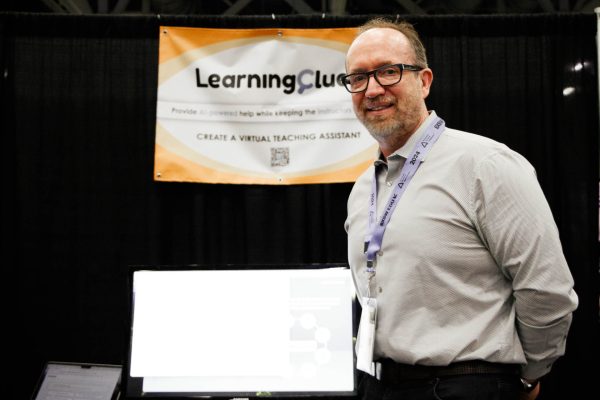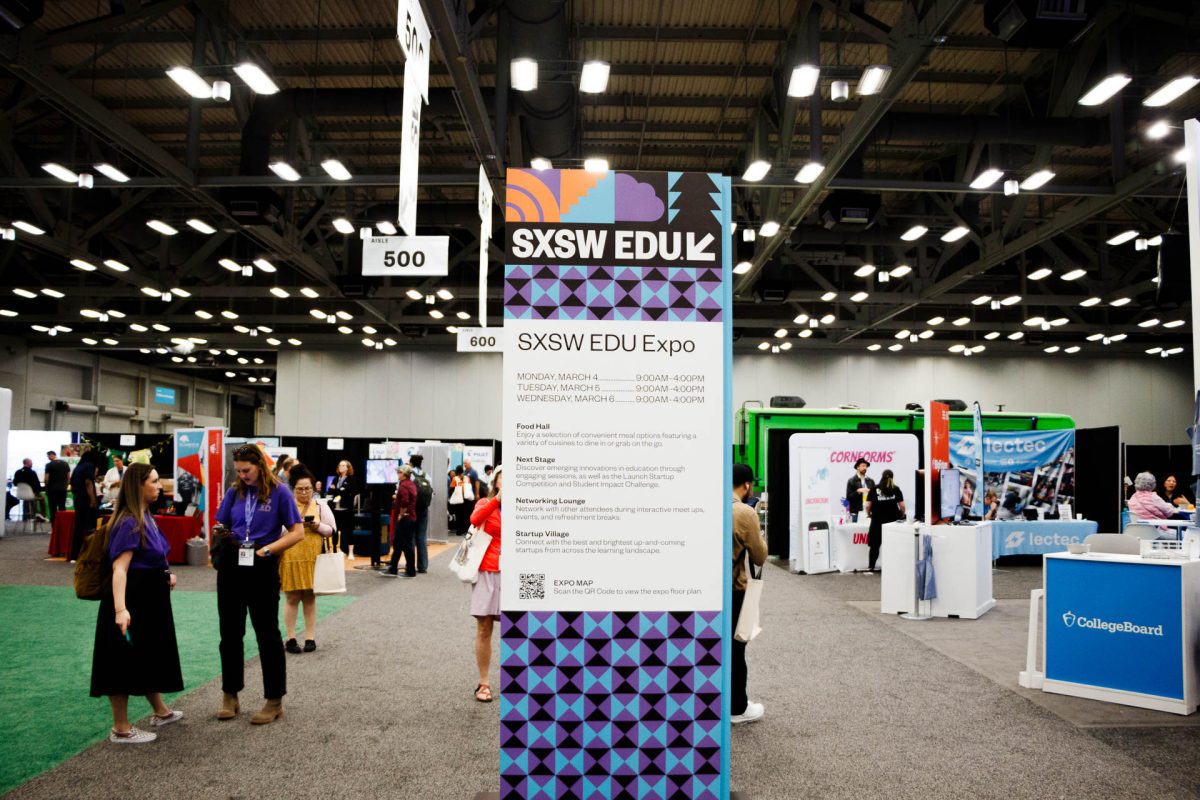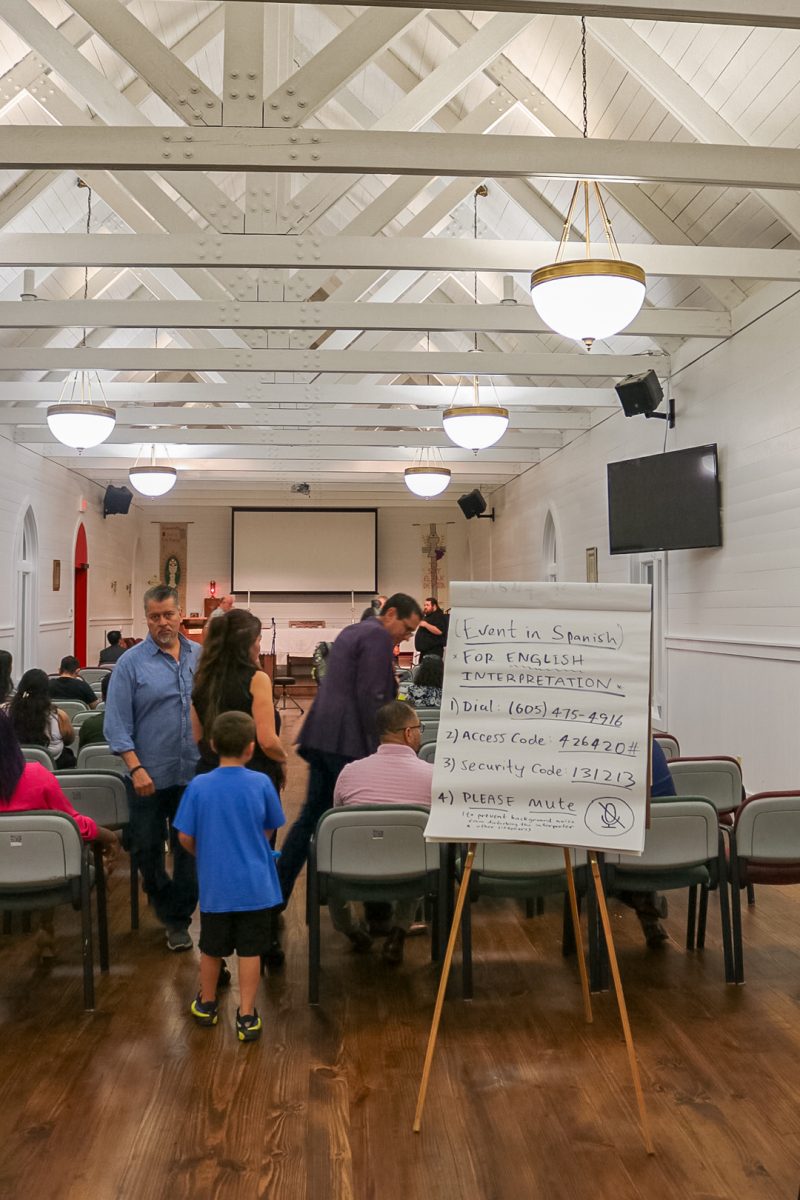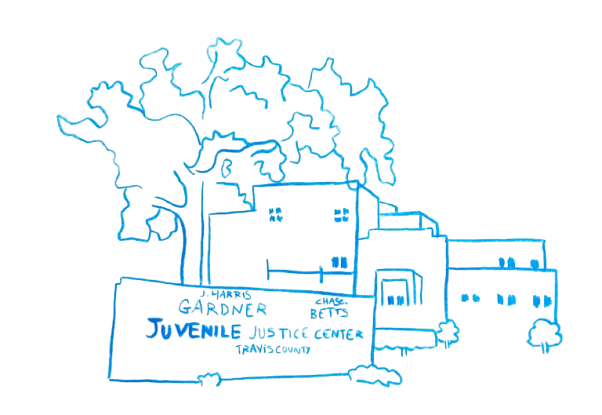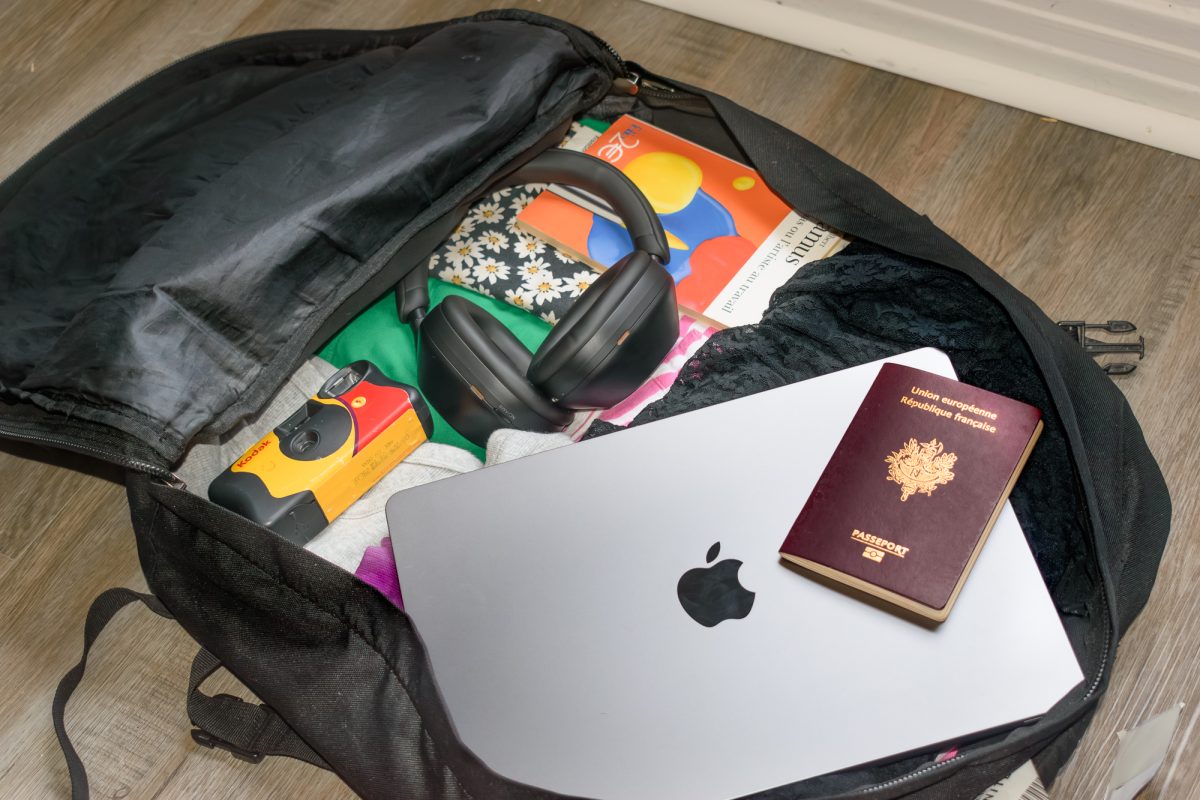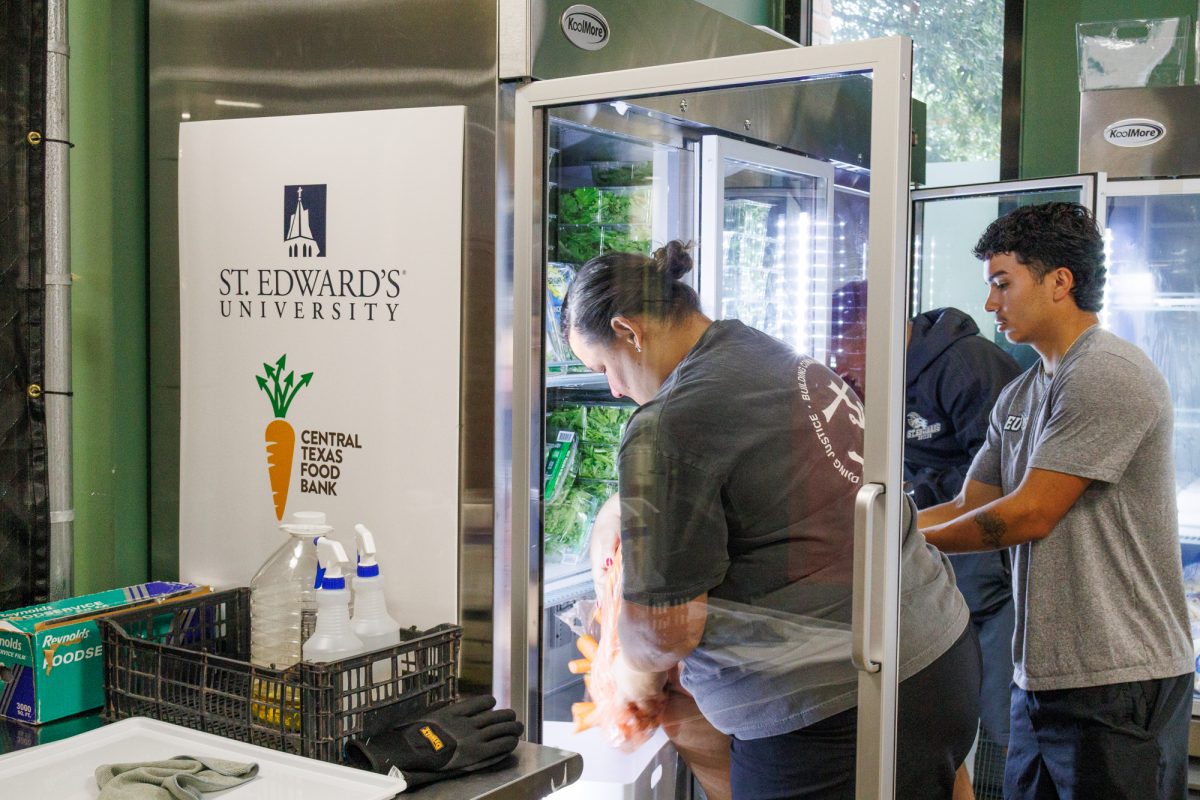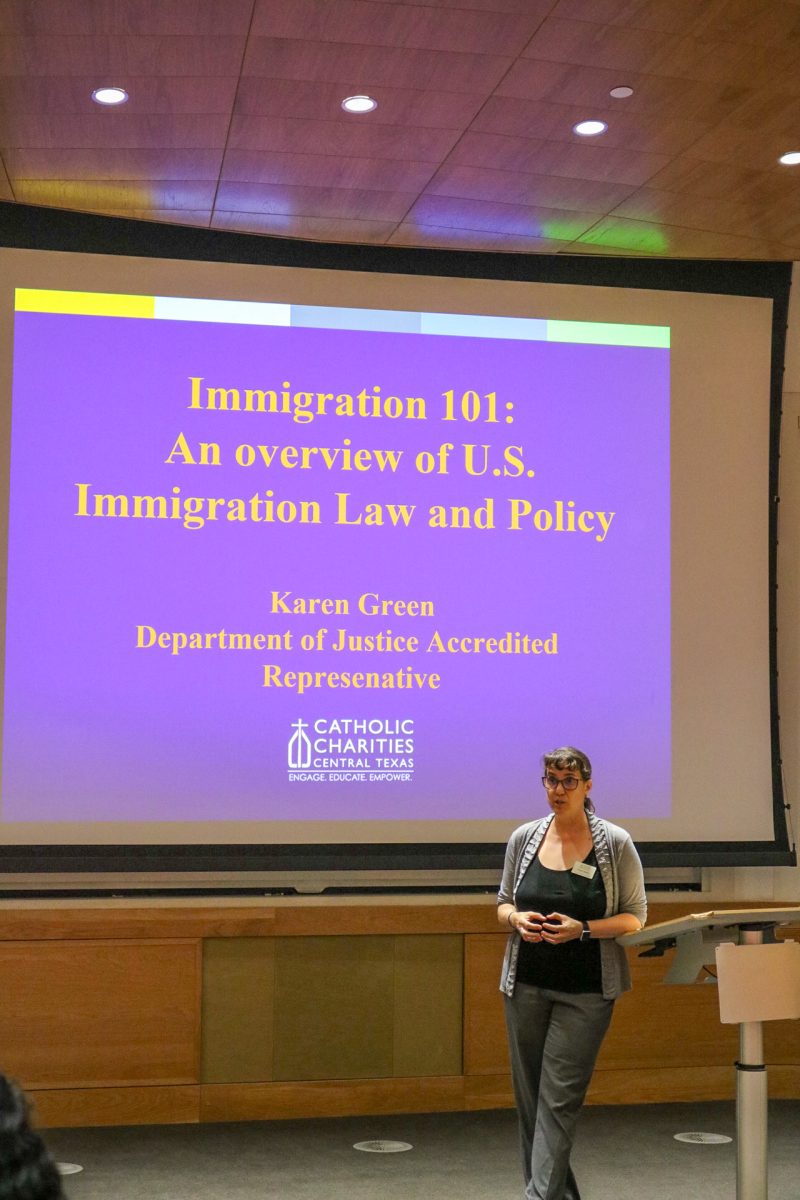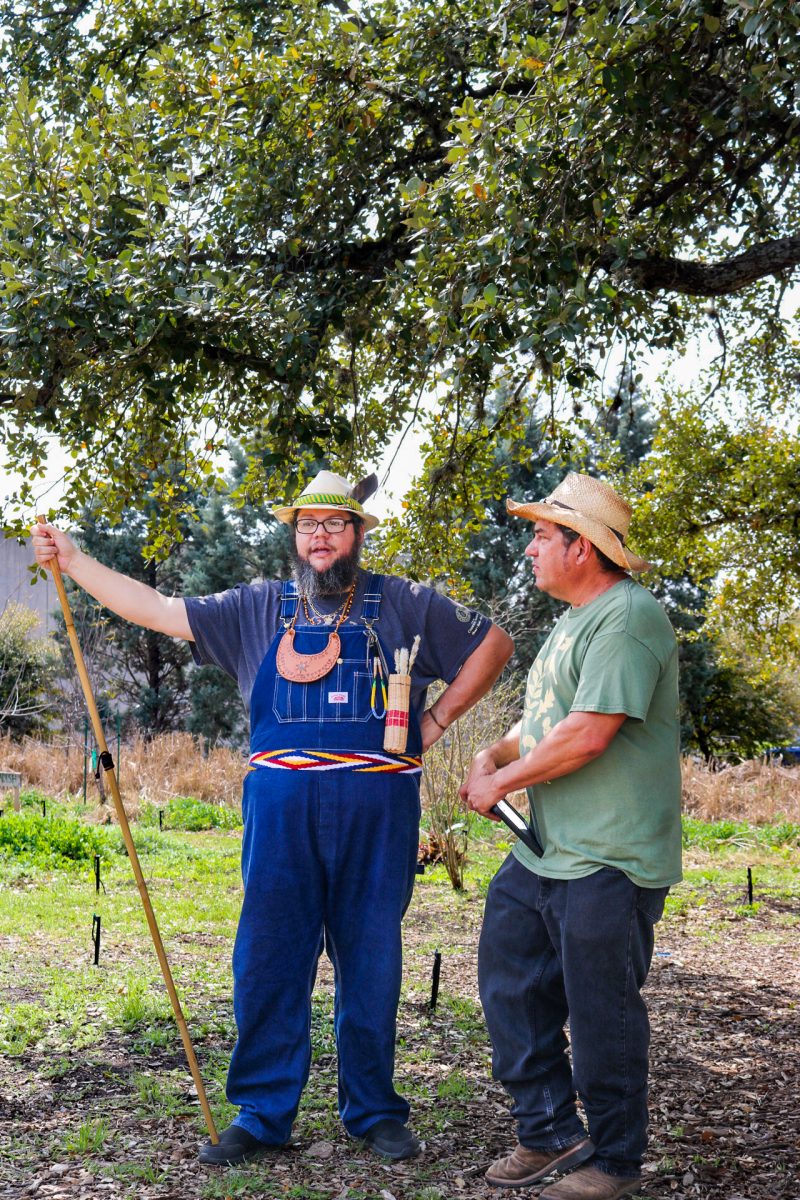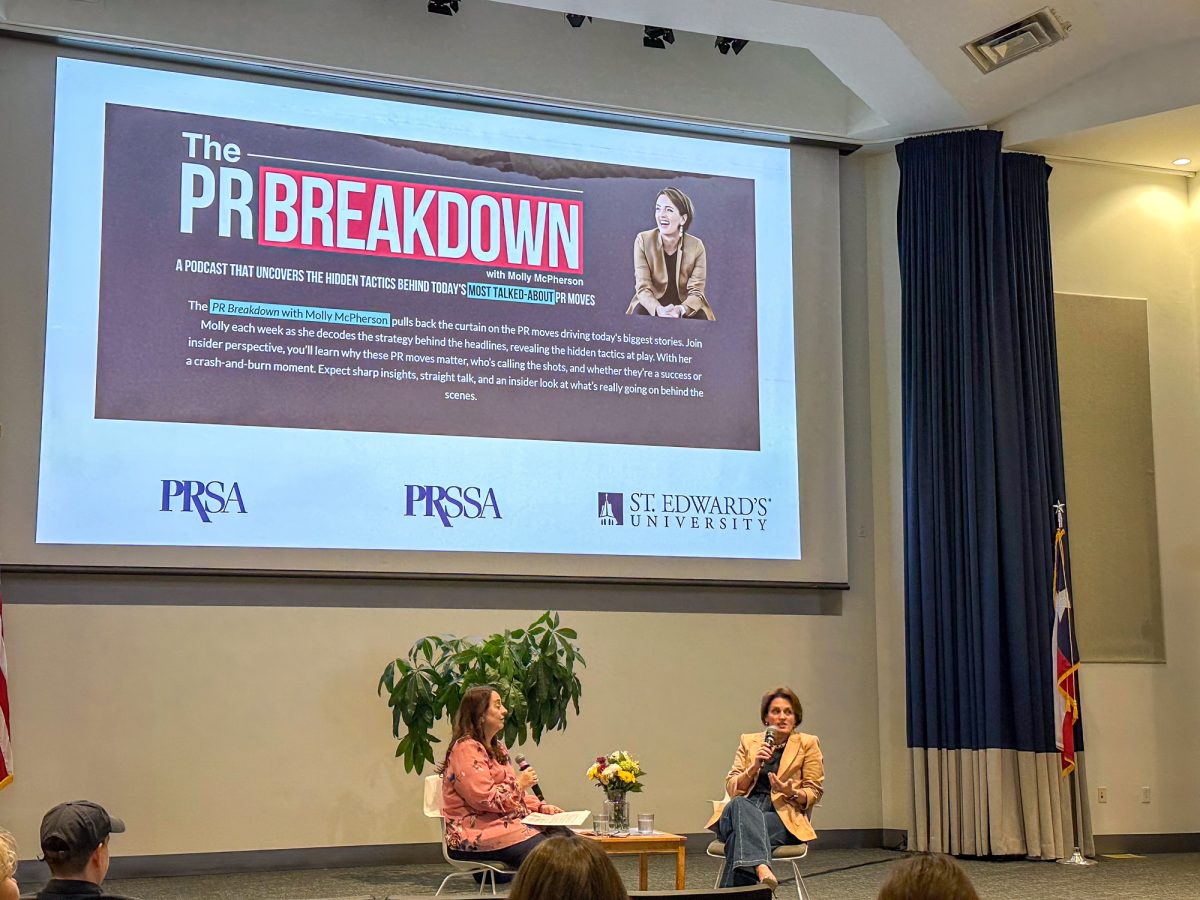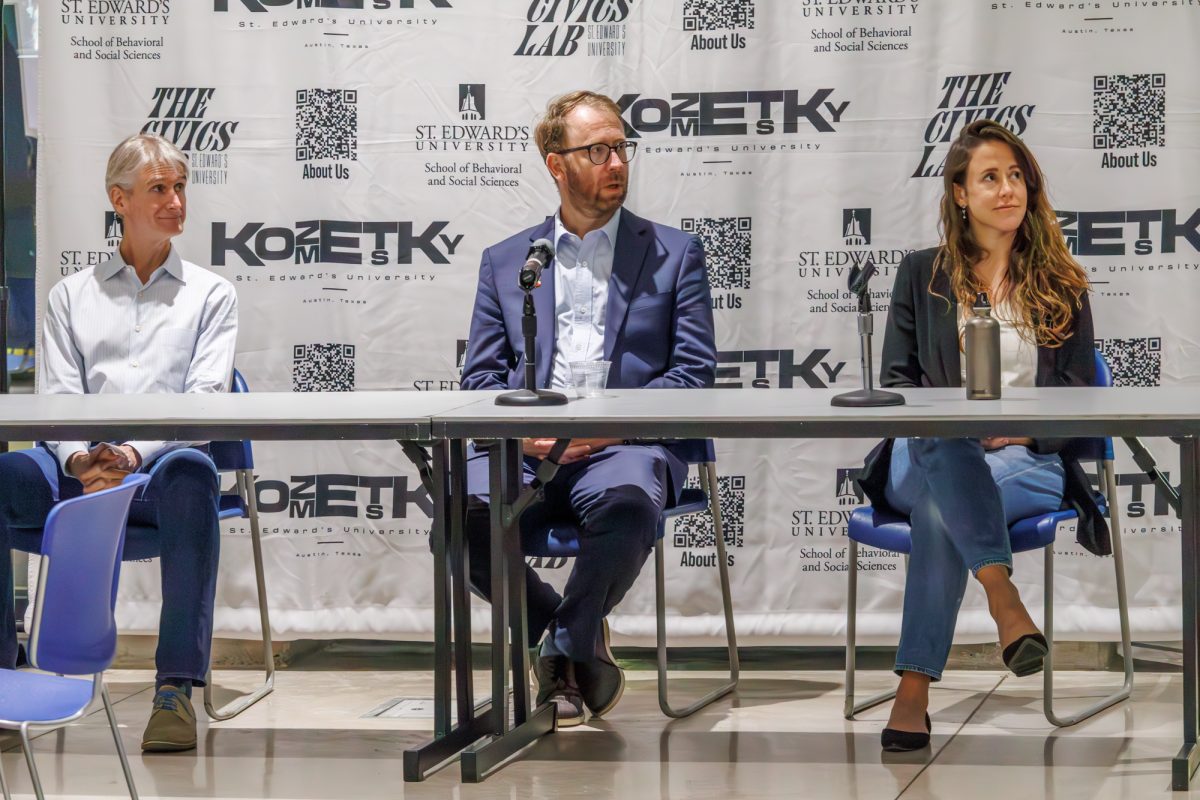SXSW EDU Conference & Festival 2024 invites education personnel from all over the world to come together, explore the current state of education and create the future of it from March 4 – 7.
“I think what South-by does for me is it’s helping me see how things could be done differently,” Yingfah Thao, a systems administrator from Minnesota State University, said. “People are doing (and) thinking outside the box. Being creative, being authentic, co-creating. Those elements of design, thinking we’re creating human centered design. Those to me feel like tools that I could bring back and use in my own work.”
Founded in 2011 as an addition to the annual South by Southwest convention, SXSW EDU focuses on innovation and continues to keep a finger on the pulse of the United States culture, which is now navigating the aftermath of COVID-19.
Political effects in the classroom
A major cultural effect that the pandemic has had on education has been in the political sphere. This was a recurring topic of discussion at SXSW EDU this year.
Since major political protests and conversations about systemic racism took off around the nation as a result of the killing of George Floyd in 2020, 29 states have adopted legislation that bans or limits the inclusion of critical race theory in education, totaling to 783 restriction efforts introduced at local, state and federal levels.
Monday’s keynote, titled “Unraveling Myths about Critical Race Theory in Education,” facilitated a conversation with Kimberlé Crenshaw, Ph.D. led by Jonathan Cox, Ph.D. unpacked this complex issue in detail.
“What many people don’t realize is … this is an old page of a very old book,” Crenshaw said. “One of the most important things that came out of reconstruction was the idea that citizenship requires not only the right to vote, but provides you the right to be literate, the right to understand the contours of our situation. So, it’s not an accident that when we’re rolling back, moving away from that societal consensus about what’s necessary to create full inclusive citizenship. One of the first things that goes is all inclusive education.”
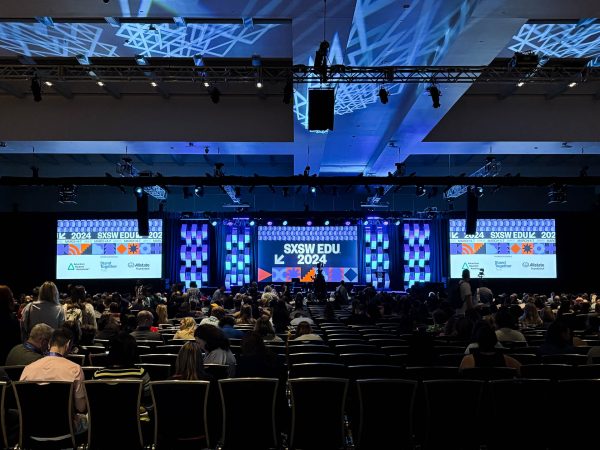
In classrooms across the nation, the teaching and discussion of “divisive concepts” are being restricted. For example, House Bill 22-1206 in Colorado prohibits teaching that individuals may consciously or subconsciously possess inherent privilege or oppressive bias based on their race, ethnicity and sex. In Texas, Senate Bill 3 similarly prohibits teaching this concept as well as prohibiting teachers from requiring or infixing a course component with the consideration that “slavery and racism are anything other than deviations from, betrayals of, or failures to live up to the authentic founding principles of the United States.”
“This is what we call structural racism, these are all the things that are being taken out,” Crenshaw said. “And they’re being taken out along the idea that this is necessary for our future generation not to be burdened by racism, but look, not talking about racism does not destroy racism, not talking about racism is a tool of racism. And that is that the oldest idea is that racial inclusion violates the civil rights of those who believe they have the right to exclude.”
Crenshaw is a leading scholar in Critical Race Theory, having coined the term. She has an extensive background in writing and teaching civil rights, and is currently a professor of law at both University of California Los Angeles and Columbia University. As a keynote speaker, she presents the current issues facing education to attendees while also offering a path forward.
“It’s up to us to tell our institutions, you cannot accommodate these efforts to distort our history and undermine our capacity to live together in the full understanding of who we’ve been and a full commitment to turning ourselves into the multiracial democracy that we deserve to be,” Crenshaw said.
A continued mental health crisis
In a solo presentation titled “Helping Students Rebuild Academic and Social Skills Post Pandemic,” continuing lecturer at the University of California Santa Cruz Lindsay Knisley dissected how the effects of the pandemic continues to impact college students’ mental health.
“We are in a student disengagement crisis,” Knisley said. “Post-pandemic college students are anxious, grieving, and in short burnt out. Many losses and the disruptions that occurred during the pandemic are blocking their ability to move forward.”
In her own classroom, Knisley found that students, many of whom were in their early to middle adolescence when the pandemic began, are still struggling to return to “normal” levels of motivation and engagement, because the pandemic impacted key developmental milestones.
“I feel like we really have an ethical responsibility to help our students recover academically from what the pandemic did to them,” she said. “Research on our mental health crisis says that surrounding youth with the proper support can reverse these trends and help our youth now and in the future.”
Knisley also discusses different tools and practices that college educators can use to provide this support to students and regain their engagement. The first is for educators to acknowledge the loss, grief and destruction students experienced during the pandemic. Second, Knisley recommends employing equity centered trauma informed education, a pedagogical practice that is rooted in principles of trauma response, prevention and equity to frame classroom approaches. This practice includes identifying the pandemic as a shared trauma experience. Lastly, Knisley encourages educators to incorporate social emotional learning strategies to promote the development of empathy.
“So what this means … for me is about showing students where to look to find meaning and purpose in their lives but allowing them to discover what that meaning and purpose looks like on their own terms,” Knisley said.
Changes in the educational workforce
While the pandemic majorly impacted student mental health and instigated a shift in the content that is taught in classrooms, it also spurred a restructuring of the way people work.
In a presentation titled “The Future of Education isn’t AI Its Human Potential” by Carole Basille, the Dean of the Mary Lou Fulton Teachers College at Arizona State University and Andi Fourlis, the Superintendent at Mesa Public Schools in Phoenix, Arizona, the two discussed and presented a new approach to school staffing structures that has been a product of a collaboration between the two institutions.
“Two things we learned in the pandemic: Nobody wants to be isolated and everybody wants flexibility, and the job of a teacher is isolating and inflexible,” Basille said.
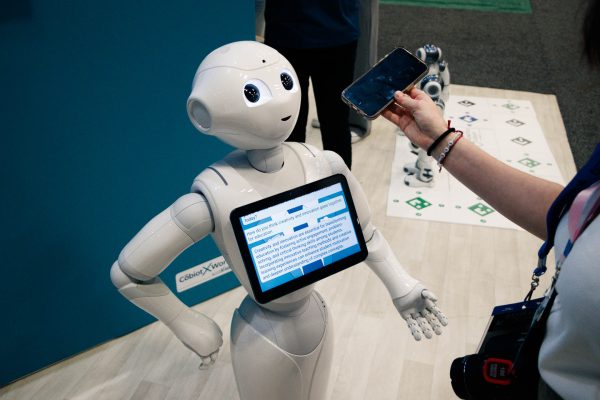
The average student-to-teacher ratio in the U.S. in 2020 was 15:1. In the classic one-teacher-one-classroom model, teachers have to be attuned to a large number of students and those students’ individual abilities and needs whilst striving to foster positive and meaningful relationships with each one.
“We really believe that in order to provide deeper and more personalized learning … that we have to take a look at the distributed expertise of educators and they have teams together that bring their knowledge, their skills and their human potential,” Fourlis said. “Let’s maximize their human potential. So that we can empower educators to develop better learning systems. So, that’s the work of the next education workforce.”
In the collaboration, Mesa Public Schools implements an educator team model that strays away from the one-teacher-one-classroom model in favor of a team-based model. In the team-based model, at least two teachers on a team share a roster to “co-design deeper and more personalized learning.” Each teacher on the team has specific roles that range from subject area planning to family communications so that the typical work of one teacher is distributed across multiple teachers. As the size of the model progresses, more team members, including student success coaches, digital learning facilitators, special educators, cross team data analysts and therapy dogs, are added into the fold. According to the panel, this model is working at Mesa Public Schools.
“We’re seeing lower turnover rates, teachers are receiving higher evaluation scores,” Basille said. “They’re more likely to recommend the teaching profession. Teachers are more satisfied. We are seeing much better teacher to student interactions. They’re collaborating or they’re feeling more supported, less lonely, they’re taking fewer sick days and requiring fewer substitute teachers.”
Continuously innovating education technology
Along with the changing of the classroom structure and environment, changes in education can also be seen in the technology that is being created and marketed for educational purposes.
At the SXSW EDU Expo hall, these products were on display at many booths hoping to capture audiences and present their products to attendees. Many of these products, like Anatomage’s virtual dissection table, aim to address accessibility in the classroom.
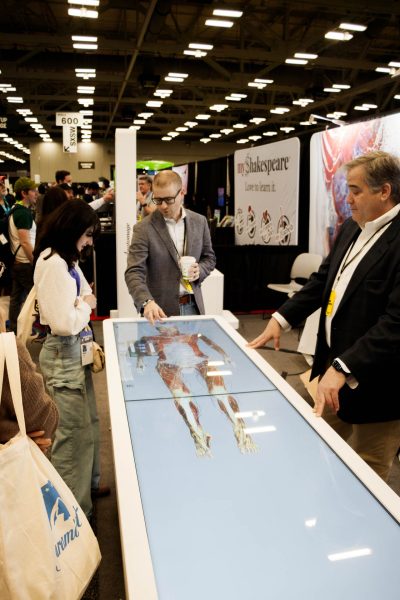
(Chloe Almendarez / Hilltop Views)
“Imagine if you have just a single cadaver,” Jackson Angell, an Anatomage employee showcasing the product, said. “You can only cut the cadaver apart once. Not every student is able to have a cadaver. By using these tables as well as our tablets and our VR packages you can take the cadaver home with you and study on it for weeks at a time.”
Other products, like Lectec, aim to foster increased student engagement. Lectec is a project based learning product that provides fourth to eighth graders electric vehicle kits that include parts, tools and lessons along the way to help students understand the mechanisms involved.
“The whole reason that company was created is because I didn’t enjoy going to school when I was in high school and middle school, and I wish I had something like this when I was there,” co-founder Jared Ebersole said. “So, the whole thing is just to get kids excited about learning and they will kind of take it the rest of the way.”
Another product, Catchbox, tackles both accessibility and engagement in the classroom. Catchbox is a throwable microphone that can be linked to classroom speakers. It is meant to be passed around large lecture halls to ensure all participants can be involved in the conversation.
“A lot of students are actually hard of hearing, but no one’s gonna raise their hand if they can’t hear,” Arturs Gradovskis, a client engagement specialist at Catchbox, said. “It’s not a thing that happens all that often. If a professor is hard of hearing, you can connect this to their hearing aid so they can actually hear the students ask them questions. (Catchbox) kind of helps with just general connectivity and presence in the classroom.”
Catchbox can also make it easier for people who are hard of hearing to participate in class, but the main purpose is to make it easier for people to be engaged in a class.
“One of the number one indicators of someone being engaged in the classroom or just in a space in general, is proximity,” Gradovskis said. “So, if the person that is in the room feels like someone is close to them, chances are they’re going to be more engaged in whatever is happening in that room.”
Between the hundreds of sessions, thousands of networking opportunities and countless ideas that are exchanged at the festival, SXSW EDU has a variety of things to offer to its attendees.
“It’s so important for me to come here with a super open mind,” Christina Nelson, a professional learning specialist at University of Wisconsin-Madison, said. “When you go in looking for something you’ll find it. But if you go in really open minded, anything can come to you and it’s more magical and inspirational.”
